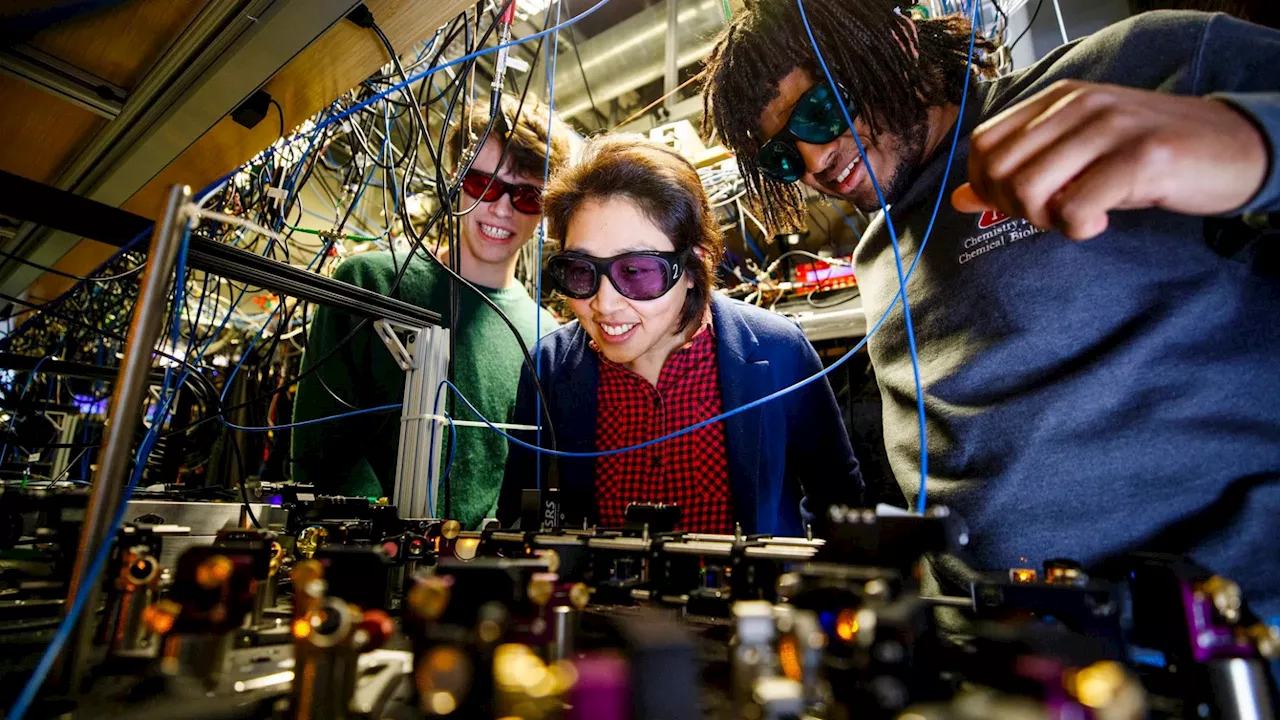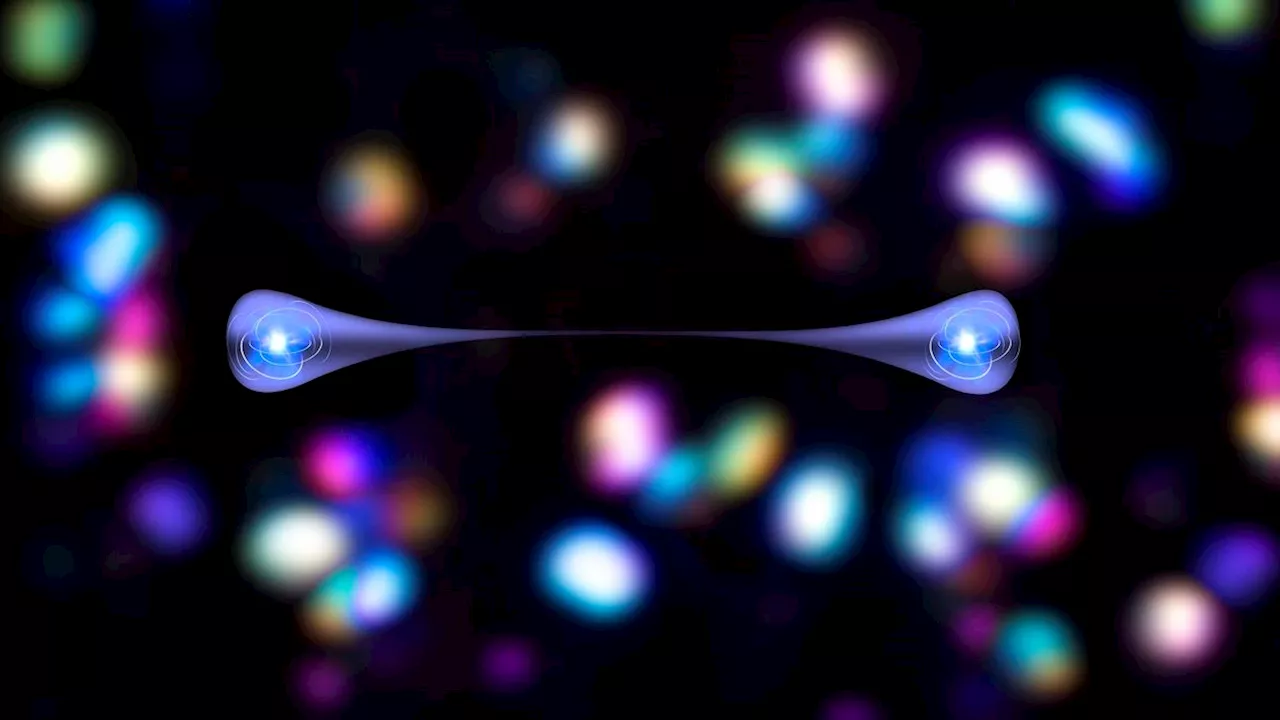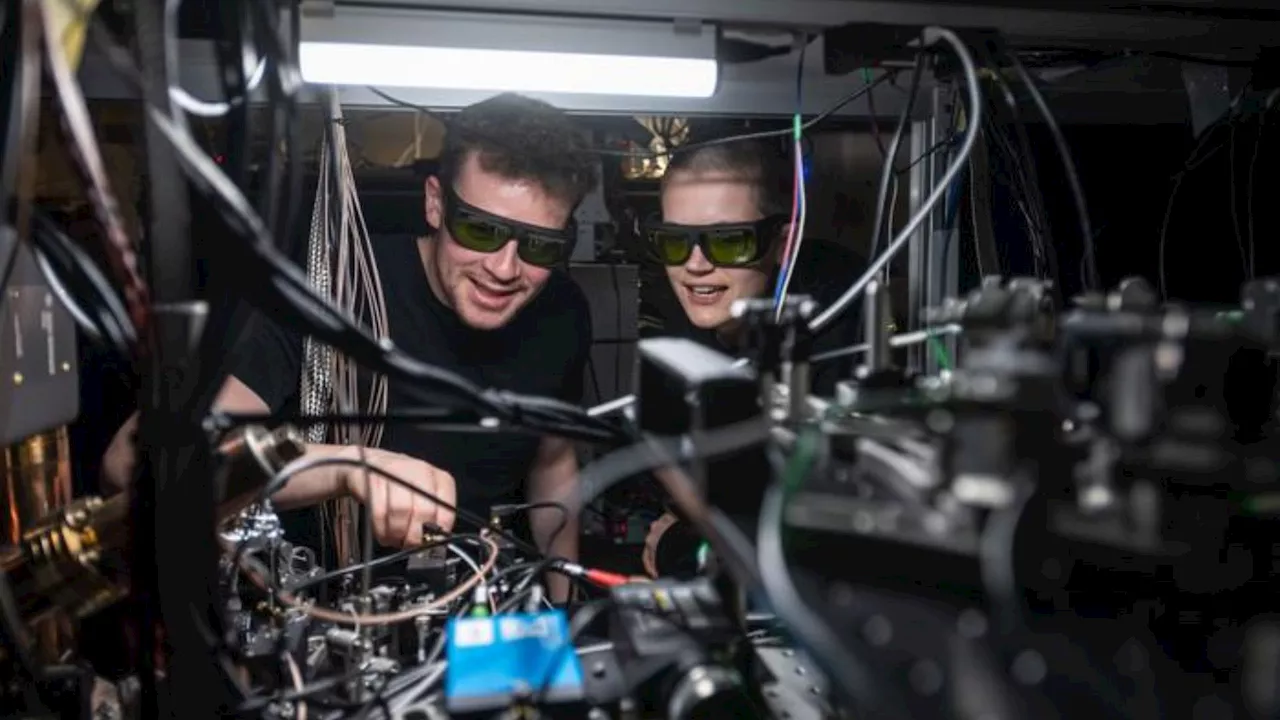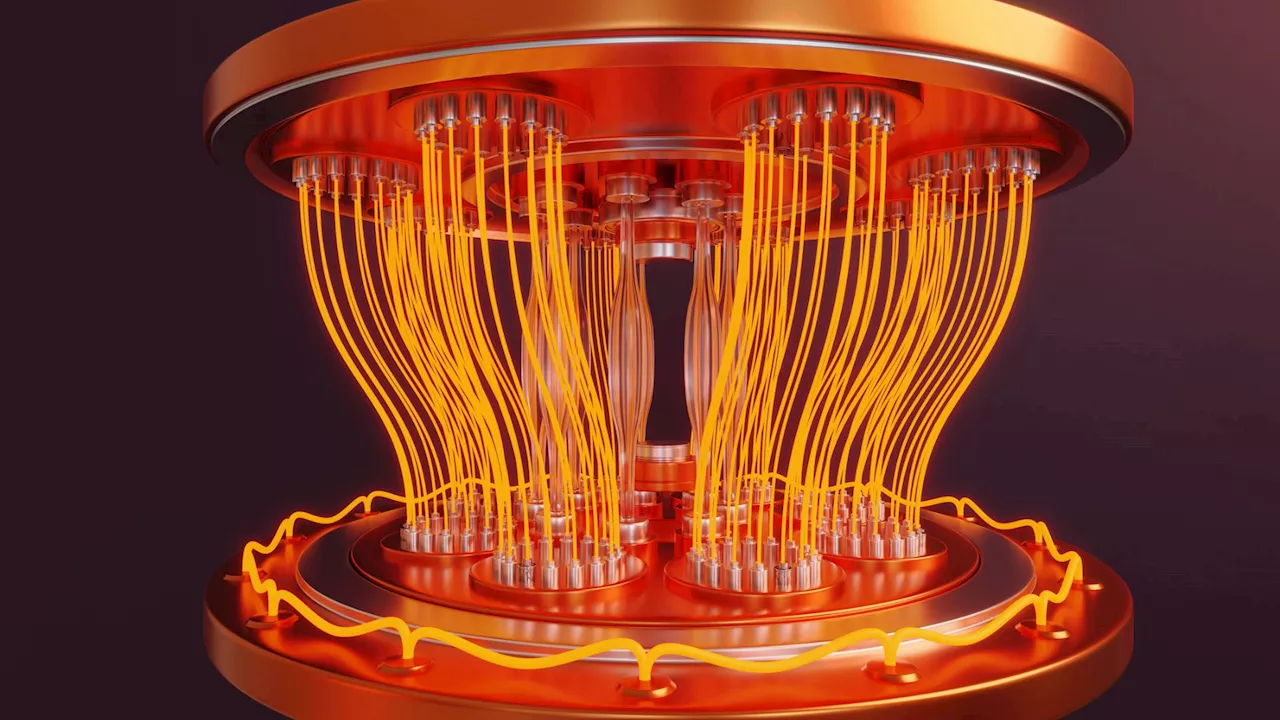A new study from Nagoya University reveals that while quantum mechanics allows for potential violations of the second law of thermodynamics, carefully designed quantum systems can still adhere to it.
A team of researchers at Japan's Nagoya University has developed a mathematical model that sheds light on the complex relationship between quantum theory and thermodynamics. Their findings suggest that while quantum theory allows for potential violations of the second law of thermodynamics, carefully designed quantum systems can still adhere to it. This discovery provides further insight into the often-debated nature of entropy in the quantum world.
The second law of thermodynamics states that entropy, often described as disorder, tends to increase over time in a closed system. It also posits that an engine operating in a cycle cannot generate work solely from heat derived from a single source, as some heat must always be lost, reinforcing the unidirectional flow of time. However, a century-old thought experiment known as Maxwell's demon challenges this principle. In Maxwell's demon, an imaginary being controls a door separating a gas box into two compartments. This demon selectively allows fast-moving (hot) molecules to pass from left to right while blocking slow-moving (cold) molecules from doing the same. Over time, this creates a temperature difference in the box without any external energy input, seemingly violating the second law. This paradox has intrigued physicists for over a century, questioning the universality of the second law. The researchers at Nagoya University addressed this contradiction by developing a three-step mathematical model incorporating Maxwell's demon. Their model incorporates quantum measurements, work extraction from the system, and demon memory erasure via interaction with the environment. They employed von Neumann entropy to calculate the work extracted and expended by the demon. Their results indicate that under specific conditions allowed by quantum theory, the extracted work can exceed the expended work, suggesting a violation of the second law of thermodynamics. However, the model's equations suggest that even with this apparent violation, it's possible to design quantum processes that respect the second law. For example, when entropy begins to decrease during a process, additional components can be introduced into the quantum system to restore thermodynamic balance. This suggests a harmonious coexistence between quantum mechanics and thermodynamics, where they remain independent yet never fundamentally at odds
QUANTUM MECHANICS THERMODYNAMICS SECOND LAW OF THERMODYNAMICS MAXWELL's DEMON ENTROPY
United States Latest News, United States Headlines
Similar News:You can also read news stories similar to this one that we have collected from other news sources.
 Harvard Scientists Trap Molecules for Quantum Operations, Ushering in a New Era of Quantum ComputingFor the first time, scientists have successfully trapped molecules and used them to perform quantum operations, marking a significant leap forward in the field of quantum computing. This breakthrough opens up new possibilities for building more powerful and versatile quantum computers.
Harvard Scientists Trap Molecules for Quantum Operations, Ushering in a New Era of Quantum ComputingFor the first time, scientists have successfully trapped molecules and used them to perform quantum operations, marking a significant leap forward in the field of quantum computing. This breakthrough opens up new possibilities for building more powerful and versatile quantum computers.
Read more »
 Record cold quantum refrigerator paves way for reliable quantum computersQuantum computers require extreme cooling to perform reliable calculations. One of the challenges preventing quantum computers from entering society is the difficulty of freezing the qubits to temperatures close to absolute zero.
Record cold quantum refrigerator paves way for reliable quantum computersQuantum computers require extreme cooling to perform reliable calculations. One of the challenges preventing quantum computers from entering society is the difficulty of freezing the qubits to temperatures close to absolute zero.
Read more »
 Scientists Discover New Quantum State in 2D Semiconductors, Paving the Way for More Powerful Quantum ComputingResearchers at the Daegu Gyeongbuk Institute of Science and Technology have made a significant breakthrough in quantum computing by discovering a new quantum state within two-dimensional (2D) semiconductor chips. This discovery offers a promising path for controlling quantum information with enhanced reliability, potentially leading to more powerful and efficient quantum computers.
Scientists Discover New Quantum State in 2D Semiconductors, Paving the Way for More Powerful Quantum ComputingResearchers at the Daegu Gyeongbuk Institute of Science and Technology have made a significant breakthrough in quantum computing by discovering a new quantum state within two-dimensional (2D) semiconductor chips. This discovery offers a promising path for controlling quantum information with enhanced reliability, potentially leading to more powerful and efficient quantum computers.
Read more »
 Oxford Researchers Achieve Quantum Teleportation of Logical Gates, Paving the Way for Scalable Quantum ComputingA team of researchers at Oxford University Physics has made a significant breakthrough in quantum computing by successfully demonstrating the first-ever quantum teleportation of logical gates. This achievement paves the way for building larger, more powerful quantum computers and overcomes the scalability challenges that have long hindered their progress.
Oxford Researchers Achieve Quantum Teleportation of Logical Gates, Paving the Way for Scalable Quantum ComputingA team of researchers at Oxford University Physics has made a significant breakthrough in quantum computing by successfully demonstrating the first-ever quantum teleportation of logical gates. This achievement paves the way for building larger, more powerful quantum computers and overcomes the scalability challenges that have long hindered their progress.
Read more »
 Quantum Leap: Scientists Achieve Distributed Quantum ComputingScientists at Oxford University Physics have successfully connected two separate quantum processors using a photonic network interface, creating the first distributed quantum computer. This breakthrough paves the way for tackling complex computational challenges and addresses the scalability issue in quantum computing.
Quantum Leap: Scientists Achieve Distributed Quantum ComputingScientists at Oxford University Physics have successfully connected two separate quantum processors using a photonic network interface, creating the first distributed quantum computer. This breakthrough paves the way for tackling complex computational challenges and addresses the scalability issue in quantum computing.
Read more »
 SEALSQ Unveils World's First Quantum-Resistant Secure HardwareSwiss semiconductor company SEALSQ introduces its latest platform, QS7001, designed to provide quantum-resistant security. This breakthrough technology utilizes post-quantum cryptography algorithms, KYBER and DILITHIUM, to protect against attacks from both current and future quantum computers. The platform meets FIPS and Common Criteria standards and offers advantages in energy efficiency and performance compared to traditional secure microcontrollers. This development positions SEALSQ as a leader in the quantum-resistant hardware market, addressing the growing need for secure solutions in the age of quantum computing.
SEALSQ Unveils World's First Quantum-Resistant Secure HardwareSwiss semiconductor company SEALSQ introduces its latest platform, QS7001, designed to provide quantum-resistant security. This breakthrough technology utilizes post-quantum cryptography algorithms, KYBER and DILITHIUM, to protect against attacks from both current and future quantum computers. The platform meets FIPS and Common Criteria standards and offers advantages in energy efficiency and performance compared to traditional secure microcontrollers. This development positions SEALSQ as a leader in the quantum-resistant hardware market, addressing the growing need for secure solutions in the age of quantum computing.
Read more »
